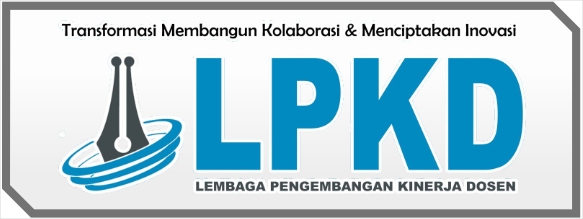Peranan Sekuens Dixon pada Pemeriksaan MRI Cervical dengan Klinis Hernia Nucleus Pulposus di Instalasi Radiologi Rumah Sakit Pusat Pertamina Jakarta Selatan
DOI:
https://doi.org/10.55606/jikg.v1i4.1805Keywords:
Dixon, Hernia Nucleus Pulposus, Magnetic Resonance Imaging, Vertebrae CervicalAbstract
Magnetic resonance imaging (MRI) is a diagnostic examination modality in medicine using a magnetic field without using X-rays, MRI has the advantage of being able to create images and can show clearer and more sensitive anatomical differences in soft tissues in the body such as the brain,Bone marrow and musculoskeletal. An MRI machine can produce diagnostic images of the inside of the human body, both in sagittal, coronal and transverse sections, without using ionizing radiation (X-rays) and also without using radioactive substances, but based on the principle of magnetic resonance of the hydrogen atom to reveal anatomy and pathology. clinical diagnosis, one of which is Hernia Nucleus Pulposus in the Cervical vertebrae. Hernia Nuecleus pulposus is a condition of biochemical ad physical changes in the spinal disc tissue caused by degeneration in old age,or acute external pressure that causes a bulge into the spinal canal,putting pressure on the durameter or nerve roots, thereby triggering symptoms of neurological pain. The use of the Dixon sequence was proposed for the assessment of metaphyseal bone marrow water water content,with a short scan time. Dixon sequence imaging can be used for fat suppression in the extremities and spine, but also quantification of fat in the bones..
The research method used is descriptive research with an observation approach. Data collection was carried out from 01 January 2022 to 28 February 2023 using a Mr. Philips aircraft with a power of 3 Tesla. The sample of patients used in this study were 5 patients with vertebral complaints. Data collection was carried out through observation,interviews and documentation.
Cervical MRI examination with clinical Hernia Nucleus Pulposus using a Philips
3 Tesla MRI machine has an examination procedure with a Survey sequence design, Myelo, Sagittal TSE T2 dixon, Sagittal TSE T1, Coronal TSE STIR, Axial TSE TA, and axial mFFE
References
Kosanke, R. M. (2019). Penyakit Degeneratif. Universitas Andalas.
Kox, L. S., Kraan, R. B. J., Mazzoli, V., Mens, M. A., Kerkhoffs, G. M. J. J., Nederveen, A. J., & Maas, M. (2020). It’s a thin line: development and validation of Dixon MRI-based semi-quantitative assessment of stress-related bone marrow edema in the wrists of young gymnasts andnon-gymnasts. European Radiology, 30(3), 1534–1543. https://doi.org/10.1007/s00330-01 9-06446-8
Mulyono Notosiswoyo ; Susy Suswati. (2004). Pemanfaatan Magnetic Resonance (MRI) Sebagai Sarana Diagnostik Pasien. (pp. 8–13). https:doi.org/10.1111/j.1939-7445.2010.00082.x.
Rany Rahmawati, M., Rachmayanti, D., Dwi Handoko, B., IV Jurusan Teknik Radiodiagnostik dan Radioterapi Poltekkes Semarang, M. D., & Jurusan Teknik Radiodiagnostik dan Radioterapi Politeknik Kesehatan Kemenkes Semarang, D. (n.d.). PERANAN PRE-SATURASI TERHADAP INFORMASI ANATOMI PADA PEMERIKSAAN MRI VERTEBRA CERVICAL SEKUEN T1WI SE POTONGAN SAGITAL Corresponding author: Meidina Rany Rahmawati.
Weiner, B. K., & Patel, R. (2008). The accuracy of MRI in the detection of lumbar disc containment. Journal of Orthopaedic Surgery and Research, 3(1), 1–6. https://doi.org/10.1186/1749-799X-3-46
Westbrook, Catherine, John Talbot. (2014). MRI In practice. In Antimicrobial Agents and Chemotherapy (Vol. 58, Issue 12). https://doi.org/10.1128/AAC.03728-14
Downloads
Published
How to Cite
Issue
Section
License
Copyright (c) 2023 Zul Fikra, I Made Lana Prasetya, Tri Asih Budiati

This work is licensed under a Creative Commons Attribution-ShareAlike 4.0 International License.


















